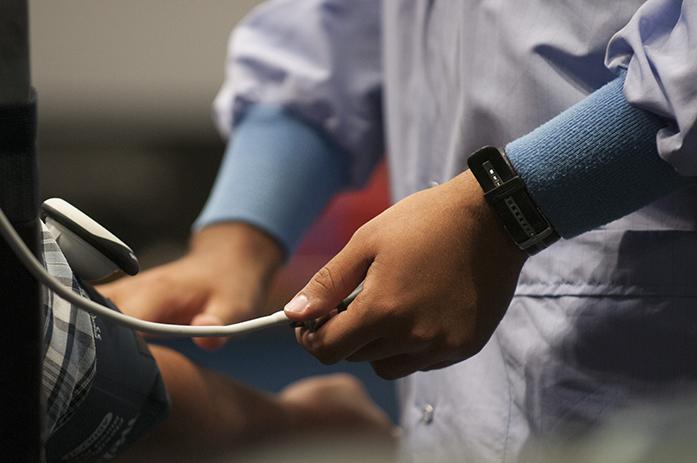By Marcus Brown
On Tuesday the U.S. Food and Drug Administration made steps to continue the trend set December 2015 when it comes to restrictions placed upon prospective male blood donors who have had sex with another male. Last December marks the end of a 30-year indefinite ban placed upon homosexual blood donors, which was subsequently replaced by a one-year deferral period. However, the FDA has opened itself up to public input regarding alternatives for the deferral period, which may eventually lead to the dismantling of yet another obstacle for LGBT equality in this country.
The motivation behind banning homosexual men from donating blood was the fear of spreading the sexually transmitted disease HIV. That is understandable, given at the time of the ban’s introduction little was known about the illness, but in the time since, advancements in science and medicine have broadened our ability to combat the spread of HIV. Recent events have brought the issue of blood donation bans for homosexuals into prominence, such as the shooting at Pulse Nightclub in Orlando, Florida, that claimed 50 lives. Given the primarily gay demographic of the nightclub’s clientele and the substantial body count of the shooting coupled with the resulting need for blood donations, the often-ignored ban on homosexual donors was recognized as an unignorable form of discrimination.
While the ban on homosexual blood donations was meant to slow the spread of a disease, the ban also succeeded in spreading a disease-like misconception of its own at the same time. In the process of combating the spread of HIV a stigma surrounding the sexual behavior of homosexual men emerged. Homosexual relations between men were regarded in the eyes of many as an inherently filthy practice and liable to further the spread of disease. From the perspective of the FDA, gay men were seen unanimously as carriers of disease and not given the same presumption of sexual health afforded to the heterosexual population. The ban on blood donations would have prevented a gay man from donating blood to their loved ones, a privilege easy to overlook until the moment it becomes necessary, as many learned in the aftermath of the Pulse Nightclub shooting.
Discrimination is not reliant on a single, specific criterion for justification. Discrimination is the result of a slow warping of one’s perception of the world, and that process is informed by stereotype, assumption, and prejudice both large and small melding together to skew the mind. In this way even the most seemingly inconsequential discriminatory factor adds to the perpetuation of the larger discrimination. The FDA’s ban on homosexual blood donation contributed a to a mentality that homosexuality was by its very nature dirty and thus provided justification and a rationale for further mistreatment and discrimination.
As the FDA opens up the floor for alternatives for the one-year blood deferral for homosexual men what should be kept in mind is the possibility of spreading misconception when stopping the spread of disease. It is possible to combat the spread of HIV without attributing intrinsic, moral judgment on the actions of a specific sexual orientation. A person’s sexual preference should not equate to a presumption of the person’s sexual health, and hopefully, the FDA will realize that.










